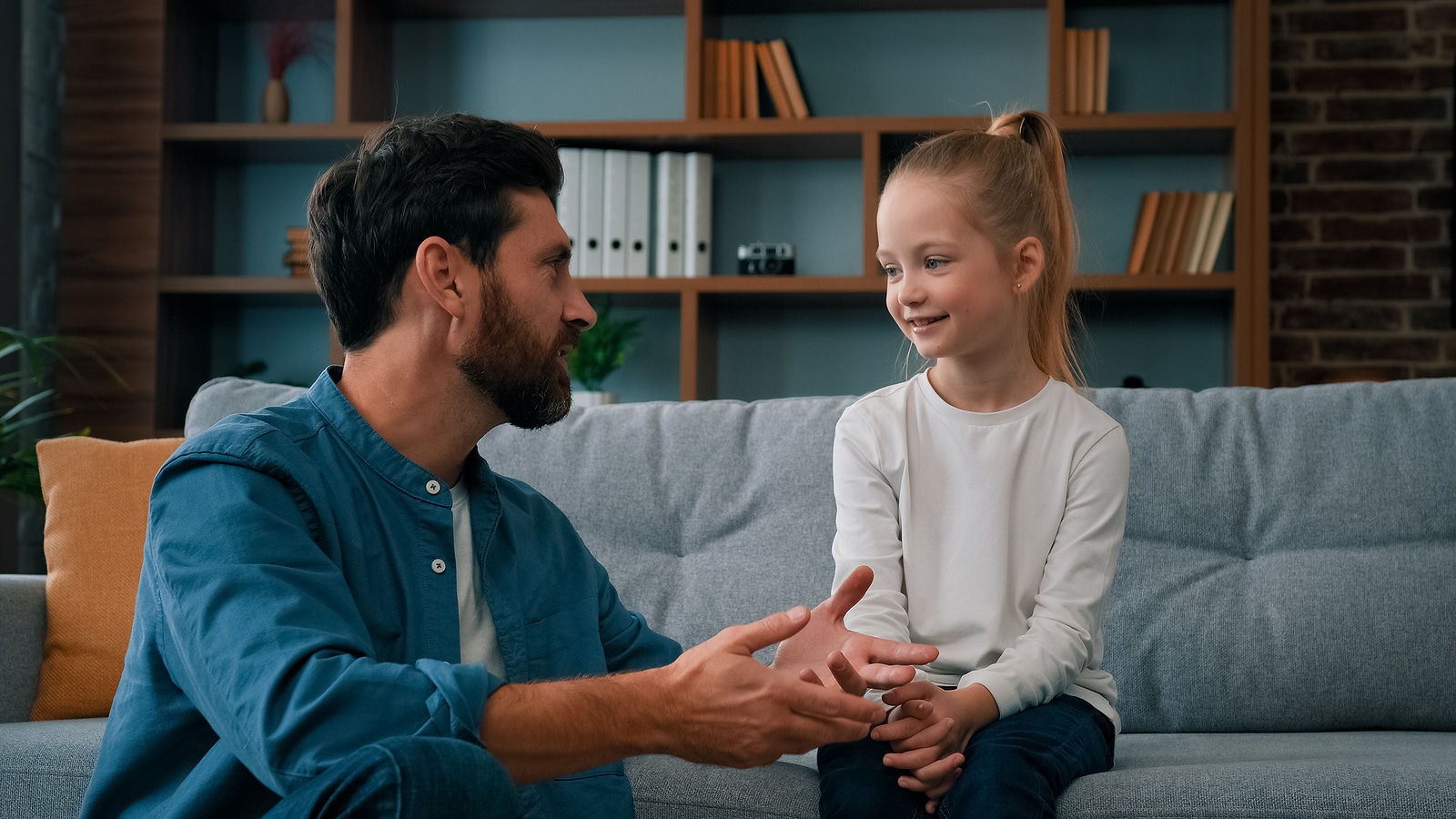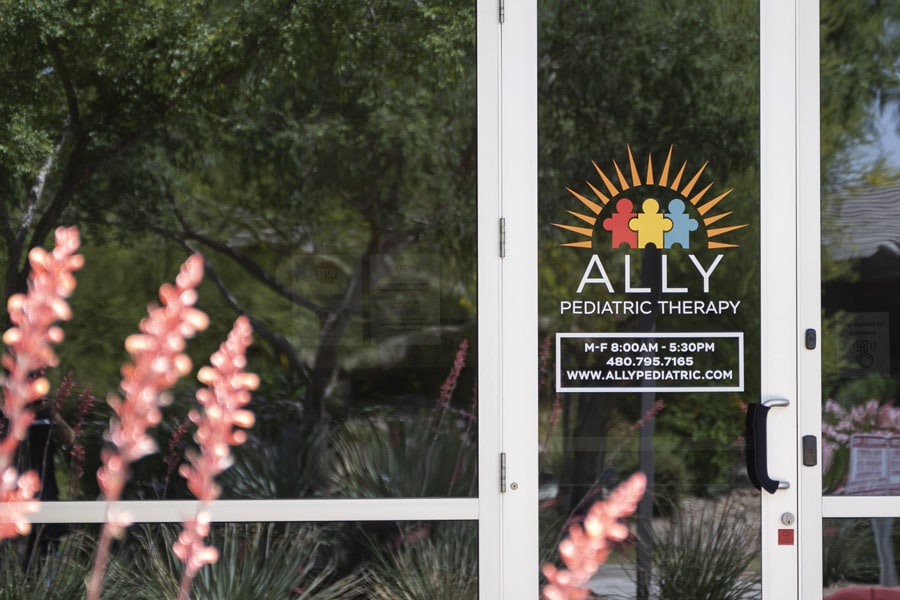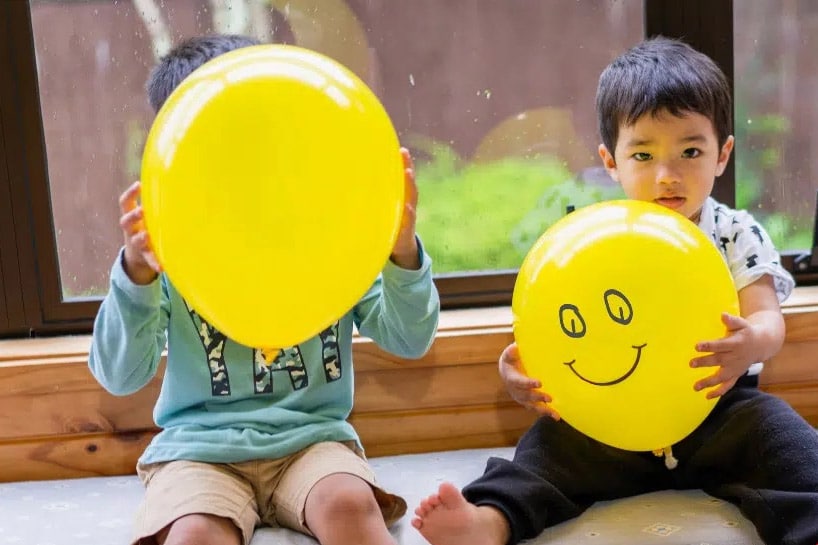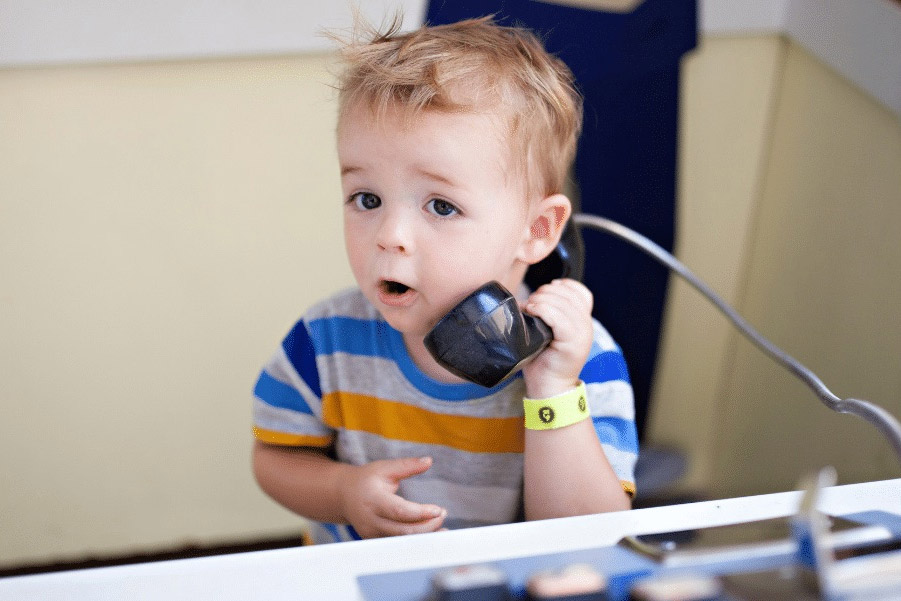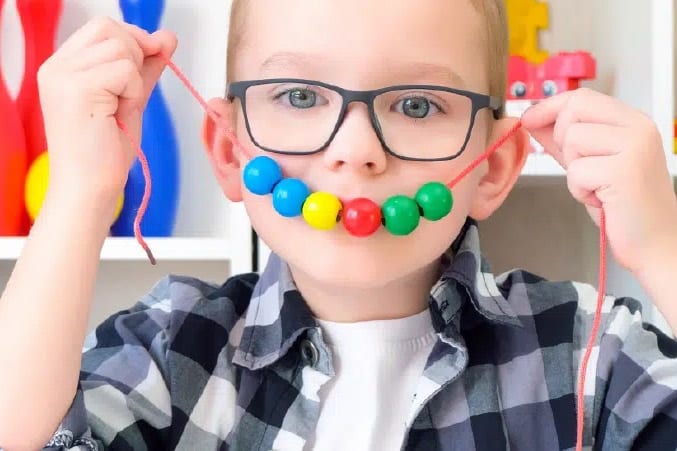Knowing the tools available to help your child communicate and teaching them how to use them can open up new opportunities for them to grow in their ability to communicate with others.
In this guide, we’ll cover the following:
- What is AAC for Autism?
- What does non-speaking mean?
- Different forms of AAC
- Myths and facts about AAC
- Can non-speaking children learn to speak?
- How to support a child who is non-speaking and/or an AAC user
This information can help you and your family or direct you to the best resources possible to help your child.
What is AAC for Autism?
AAC allows autistic children who have trouble speaking to share their wants and needs without depending on verbal communication. Instead of talking, AAC uses things like pictures, symbols, sign language, and special devices, ensuring your child can clearly share their thoughts and feelings with those around them.
What Does Non-Speaking Mean?

Historically, terms such as “non-verbal” were used to describe an individual who did not speak. As autistic voices have been amplified and research evolved, this term became less used as it inaccurately describes all forms of communication.
Today, we use the terms “non-vocal” or “non-speaking” to describe an individual who does not speak orally. Why? Because we can communicate (be verbal) using many modalities! Our facial expressions, gestures, body language, pictures, words, and sounds, are all functional modes of communication that don’t require speaking, and these methods can be just as effective.
For some autistic children, speaking is challenging and inefficient and may not be a strength, but this does not mean they don’t have anything to say.
Different Forms of AAC
If my child does not speak, how can they communicate? There are wonderful options for those needing another mode of communication. Several that are effective and often efficient for autistic non-speakers are:
- Gestures and sign language
- Picture symbols and photograph boards that a child can point to
- Speech output devices such as Touch Chat or LAMP
- Alphabet boards
- Writing and typing
- Eye gaze devices
There’s low-tech AAC that’s very easy to create or high-tech AAC, such as a speech-generating device. All forms can be effective in supporting a child’s communication.
Myths and Facts About AAC
In this day and age, there is no shortage of information. And regarding AAC, here are myths we can debunk and facts you can lean on!
- Myth: AAC is a last resort when we have tried everything to get a child to speak.
- Fact: Professionals consider AAC as the first line of support for intervention.
- Fact: Professionals consider AAC as the first line of support for intervention.
- Myth: AAC hinders speech development
- Fact: It only enhances communication and language development.
- Fact: It only enhances communication and language development.
- Myth: You have to be a certain age to use AAC
- Fact: Growing evidence shows it is beneficial for all ages, and no age requirement is needed.
- Fact: Growing evidence shows it is beneficial for all ages, and no age requirement is needed.
- Myth: There are prerequisite skills needed before using AAC
- Fact: There are no prerequisites to using AAC.
Citation: Lange & Tullman, 2021
Can Non-Speaking Children Learn to Speak?

The short answer is “Yes, if they are able!” Instead of focusing on when my child will speak, let’s focus on how I can help them communicate. This takes the pressure off caregivers and the child and presents an opportunity to accept a unique individual just the way they are.
How to Support a Child Who Uses AAC
The best way to support a child who uses AAC, speech, or a combination of both is to allow them the right to use whatever is easiest. Some children develop speech as they develop their use of AAC.
Research shows us that AAC does NOT inhibit a child’s progress towards speaking, and if anything, speech may increase. AAC will not stop a child from speaking. Here are some other important tips when supporting a child with AAC:
- Model their mode. If they use picture boards to communicate with you, use those same pictures to communicate with them. Show them how to use pictures to meet their needs and wants. By the time a child is 18 months old, babies have heard over 4000 hours of spoken language, and we wouldn’t expect them to be fluent speakers. If AAC learners only see the communication mode modeled a couple of times a week, it would take 84 years to have that same exposure.
- Allow exploration. Just as those who babble first while learning to speak, AAC users need the freedom to explore their AAC devices without judgment. Allow them to have access to the communication system at all times. A good rule of thumb is if you can see the child, you should be able to see their AAC system.
- Use routines. Known and repetitive routines are a great way to help a child learn their AAC system. It allows predictability and structure, which is often beneficial to autistic learners.
- Advocate. Be your child’s biggest cheerleader! Explain to relatives and friends that your child uses another form of communication. Show them it isn’t scary, and they can communicate with the child through their system.
- Don’t give up. A child may not start using an AAC system right away. It may take time to learn, process, and then use! Don’t give up. They need continuous modeling and patience as they navigate their system.
- Ask a professional. If you’re unsure if your child needs AAC, we can help. At Ally, we have skilled speech-language pathologists who can assist families and ABA teams in determining an appropriate mode of communication for your child. We can help you every step of the way!
